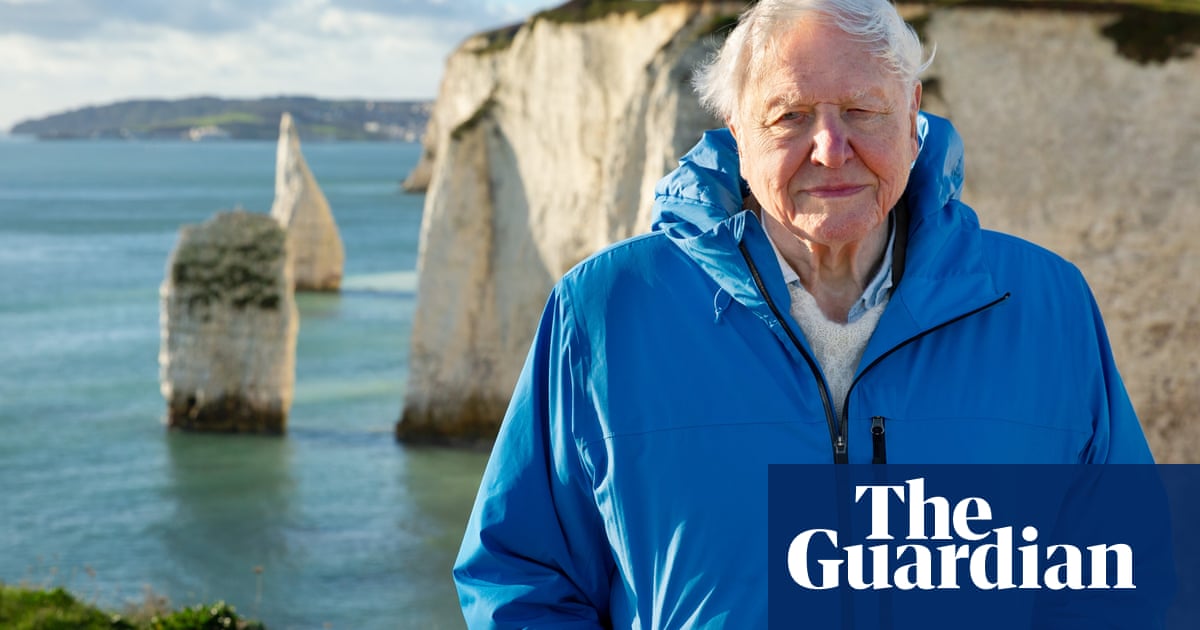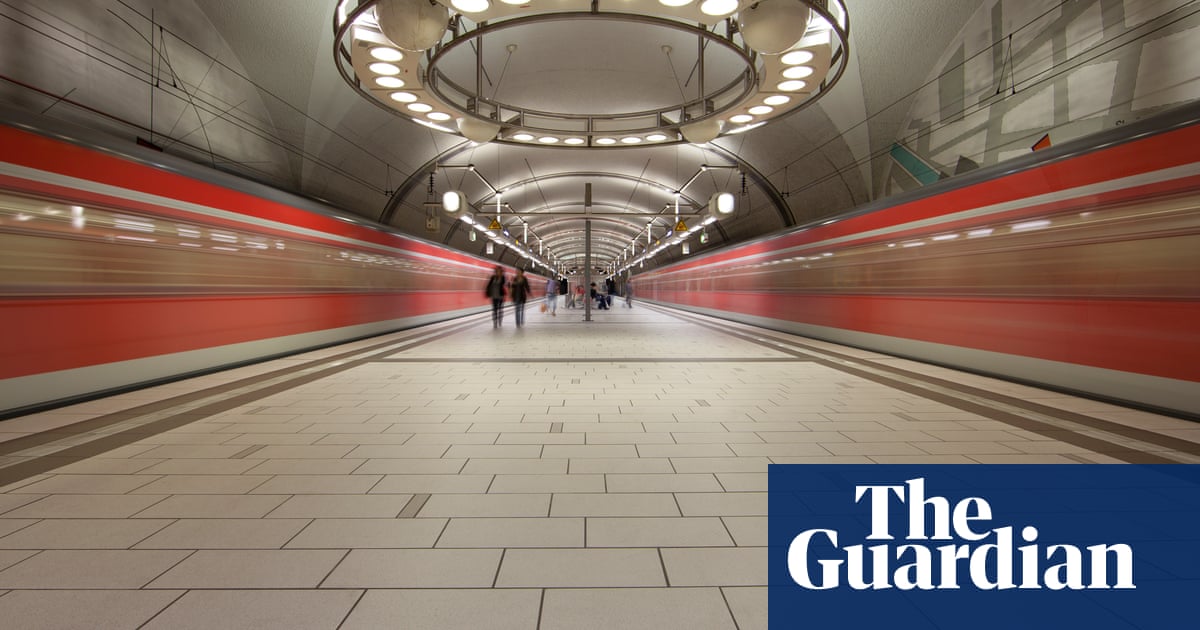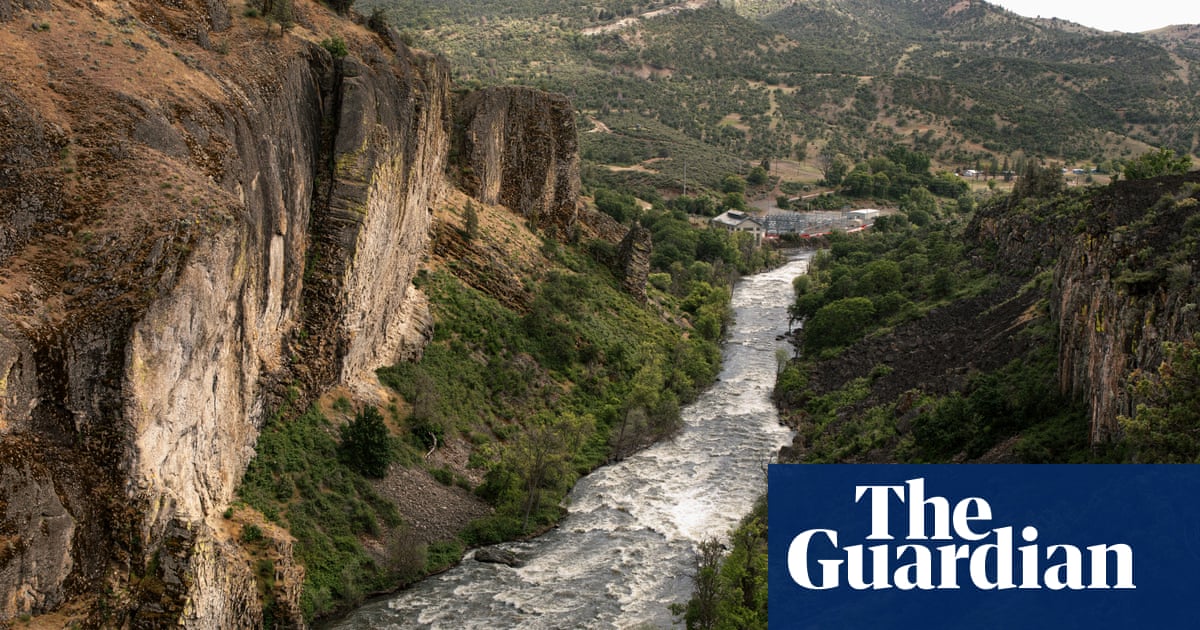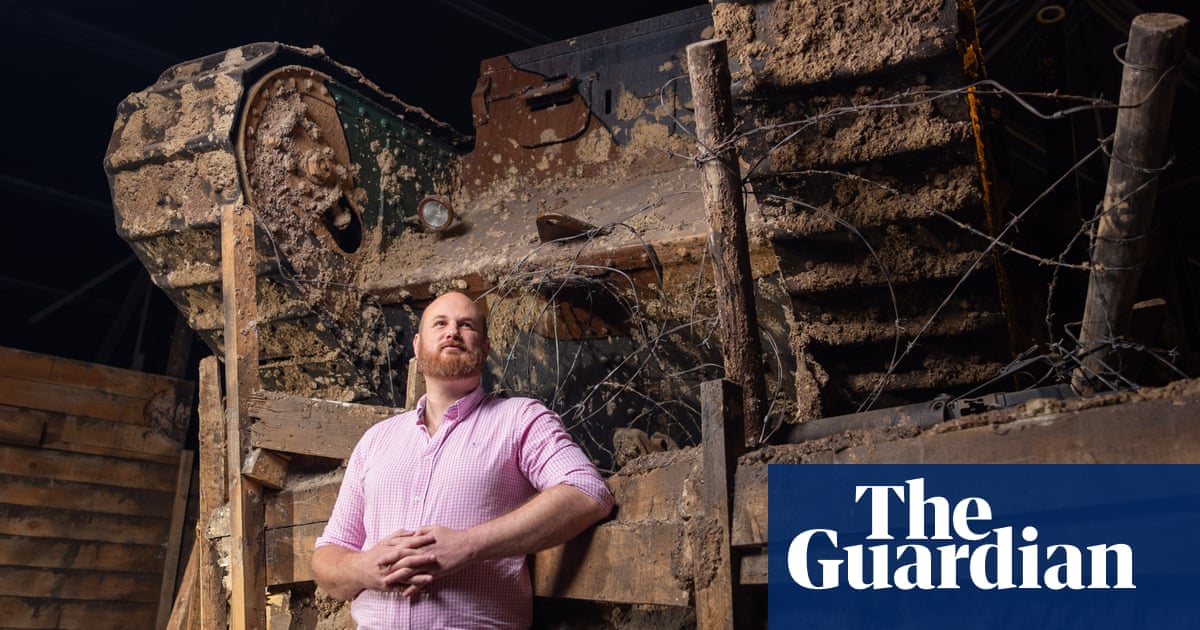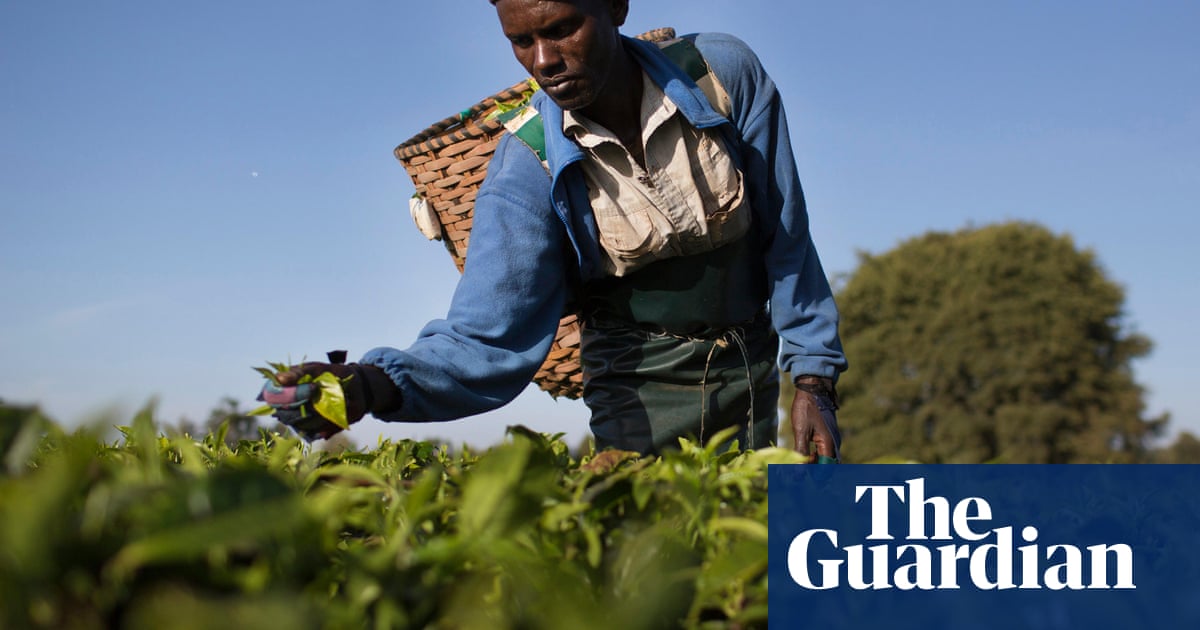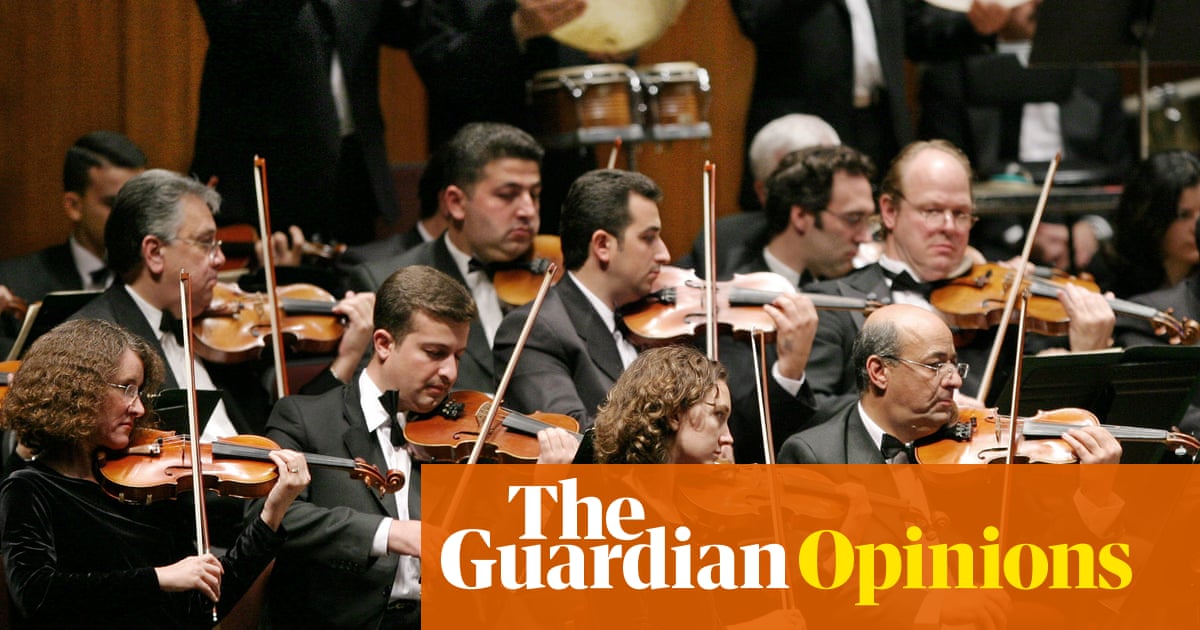The beige ranch house on Mariposa Street had a tatami room with paper windows – a love letter painstakingly built by Johnny Kamon for his bride as a tribute to their Japanese heritage.
Since purchasing the home in 1965 in Altadena – a suburb nestled against the San Gabriel mountains about 15 miles north of Los Angeles – multiple generations of the Kamon family have poured their woodworking skills into making the home their sanctuary.
When construction of the tatami room was completed, the couple carved their names in the concrete for their son, Johnny, to remember forever: John & Mieko 10/1/1986.
In January, the wildfires that swept out of Eaton Canyon took the Kamons’ home. The signatures are still there amid the debris and layers of ash – most of the remains of the place that once housed three generations of their family.

“I used to be the one that said our house will never burn down,” said Johnny, 37. “Which is why I lost everything.”
The Kamons are one of the many Japanese American families in Altadena where the wildfires have become the latest blow to a community already battling a slow-drip decline in connection. Many of these families rebuilt their lives after the trauma of second world war incarceration and created a tight-knit safety net of cultural and religious institutions that for years affirmed their identities and fostered a sense of belonging.
Over time, that social fabric frayed. Friends moved away. Gatherings dwindled. Children lost interest. In the aftermath of the fires, an existential unease lingers. Could Altadena’s dwindling Japanese American community survive yet another upheaval? This anxiety lives as an unwelcome guest in Johnny’s already crowded mind.
He worries about what could be lost.
“And the potential for this history to one day truly just be history,” Johnny said quietly.
‘I give it all to Altadena’: a refuge for the marginalized
Altadena, as described in Naomi Hirahara’s 2004 book The Summer of the Big Bachi, has a “slight wildness to it” that sharply contrasts with its manicured neighboring cities. Here, many residential streets lack sidewalks, but backyard chickens are common.
Altadena also has a long history of being a refuge for marginalized people.
In 1944, amid heightened anti-Japanese sentiment inflamed by the second world war, an Altadena family welcomed Esther Takei Nishio, a second-generation Japanese American, into their home so she could leave an Arizona prison camp and attend college.
After Japan’s 1941 attack on Pearl Harbor, President Franklin Delano Roosevelt signed an executive order calling for the forced removal of Japanese Americans from the west coast. The US government built 10 main prison camps to incarcerate more than 125,000 Japanese Americans in remote locations. Takei Nishio’s presence was a test case to prepare the community for the return of Japanese American friends and neighbors.
Years later, when discriminatory housing practices were de rigueur, Altadena and a swath of north-west Pasadena – its neighboring city – were among the few areas where people of color could live, buy property and cultivate a rich history.

Altadena was the kind of place where Japanese Americans played basketball in local leagues and ran for the high school track-and-field teams under the watchful eyes of Coach Mack Robinson, an Olympic silver medalist and brother of the legendary Major League Baseball player Jackie Robinson.
Hirahara, 62, immortalized Altadena in her writing because this was where her parents set their roots in the 1960s after surviving the Hiroshima atomic bombing. Altadena was where a fourth-grade teacher planted a seed for her future career by encouraging her to become a writer.
“In terms of my literary development,” said Hirahara. “I give it all to Altadena.”
In 1956, about 1,600 Japanese American adults and businesses were recorded in Pasadena, and 125 in Altadena, according to a Japanese American business directory. To resettle in the area after the second world war, the burgeoning Japanese American community established cultural and religious centers like the Pasadena Buddhist Temple, the Pasadena Japanese Cultural Institute and the First Presbyterian Church of Altadena to create spaces for joy and community for the mushrooming Japanese American population.
“We went there because there was nowhere else to go,” said Bryan Takeda about the cultural and religious institutions that provided safety for Japanese Americans still reckoning with how they were treated during the war.
For Takeda, 69, the landscape of his childhood memories is outlined by Altadena and Pasadena’s undulating mountain backdrop. In this community where he progressed from taking kendo classes to serving on the board of directors of cultural institutions, he has noticed a troubling trend – dwindling interest.
Younger generations of Japanese Americans are not joining these monoethnic cultural institutions, said Takeda, the founder and CEO of Hikari Japanese Academy: “They don’t need to in the ways we did.”
Then, the fire tore through.
Echoes of displacement
For some, the fear and sudden dislocation caused by last month’s wildfires felt eerily familiar.
“The thought has crossed my mind as we’re using the word ‘evacuation’,” said Jane Kawahara, 85. “You know, I’ve been evacuated before.”
Kawahara was not yet three years old when she and her family were ordered to take only what they could carry to live behind barbed wire at Poston – one of the 10 main concentration camps the US government built during the second world war.
Last month, as smoke filled her Altadena house, Kawahara evacuated with less than she could carry. She only took the essentials: a toothbrush, medication, clothes and her sweetheart. She patted a framed black-and-white photo of her husband, Harry Kawahara, who died last year at 92 years old.
“I love Altadena for its diversity,” said Kawahara, a retired school nurse. The Mediterranean-style house she has lived in for 50 years still stands, but Kawahara cannot move back in until the smoke and ash damage is remediated. On visits back, she’s picked up precious relics initially forgotten in the evacuation frenzy, including her mom’s hand-carved wooden bird pin – a memento from Poston.

In quiet moments, she has thought about moving to a different home – maybe even a different city – but she quickly batted the thought away. Altadena is where Kawahara raised her family and poured decades of work into the Greater Pasadena Japanese American Citizens League chapter, a civil rights organization.
Her generation’s leaders marched in countless protests and fought for many social issues including ethnic studies. It’s time to take a backseat, she said, as supporters for the next generations.
Kawahara turned the bird pin over slowly in her hands as she wrestled with an uncomfortable question: what happens if not enough people step into vacated leadership roles?
The fires forced everyone to reconsider the value of everyday objects, places and even institutions – what deserves to be saved, and what happens when all is lost?
“I think the Japanese American community – all ethnic communities – are precious,” Kawahara said. “Their culture is precious.”
A fragile future
After the fires, the physical structures of Altadena and Pasadena’s Japanese American institutions remained intact. But their future stands at a crossroads.
At the Pasadena Buddhist Temple, the fires consumed the homes of seven members, said the temple co-president Jeannie Toshima. “Many more have been impacted.”
On a January morning after the ominous black smoke cleared, the temple buzzed with life. Volunteers distributed and delivered essential supplies and bento lunches to those affected by the fires.

Ron Toshima, 73, pointed to a black-and-white photo of the temple’s 1958 dedication where a crowd stretched the width of two buildings. Subsequent photos show a steady decline of faces.
Now, a Sunday service attracting 20 people is considered big, said Ron, adding: “Even without the fire, the future of the temple would have been in jeopardy.”
For now, temple members can only hope that new and existing members will eventually fall into formation with them.
“With these institutions, people kind of took them for granted like they would always be there,” Hirahara said. “Maybe there will be more thought that these things aren’t going to just magically continue.”
Historically, adversity has bonded the Japanese American community. But the fires have scattered residents and temple members to other areas for temporary refuge – including Johnny Kamon. His return date, he said, is still unknown.
He’s visited the ruins of his home. Amid the devastation, one object stands unscathed – his back yard marble Buddha statue. It reminds Johnny of a Japanese phrase, shogyō mujō, the importance of embracing impermanence.
All things come to an end.
“Instead of clinging to the past,” Johnny said, “I focus on what lies ahead, which makes me hopeful and excited for the future.”

 3 months ago
92
3 months ago
92






